360 Buckhammer Loads in a Henry Single Shot Rifle
Stout Hunting Loads in a Stout Break Action
feature By: Patrick Meitin | April, 25
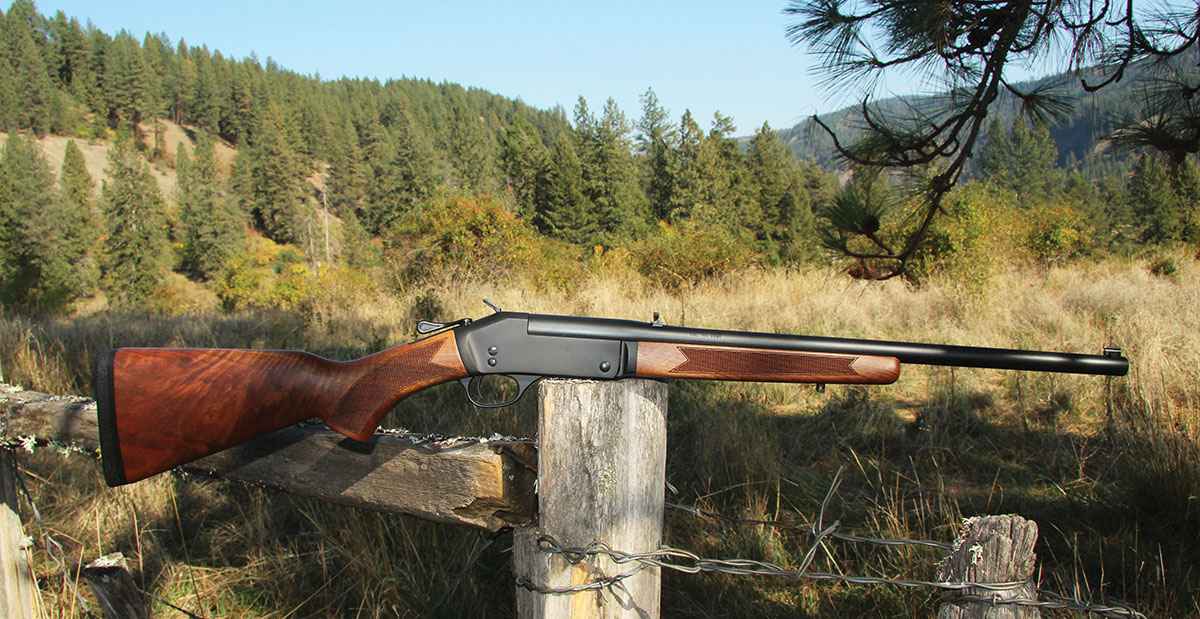
Straight-walled cartridge regulations are a relatively new development spawned by the huge popularity of white-tailed deer hunting. For decades, the majority of Midwestern states allowed only shotgun slugs and muzzleloaders during general firearms seasons, based on concerns that high-velocity centerfire rounds would carry too far in populated areas. Straight-walled cartridge seasons and regulations were introduced to allow hunters to use their old lever and single-shot rifles chambered in rounds such as, say, the 45 Long Colt or 38-55 Winchester.
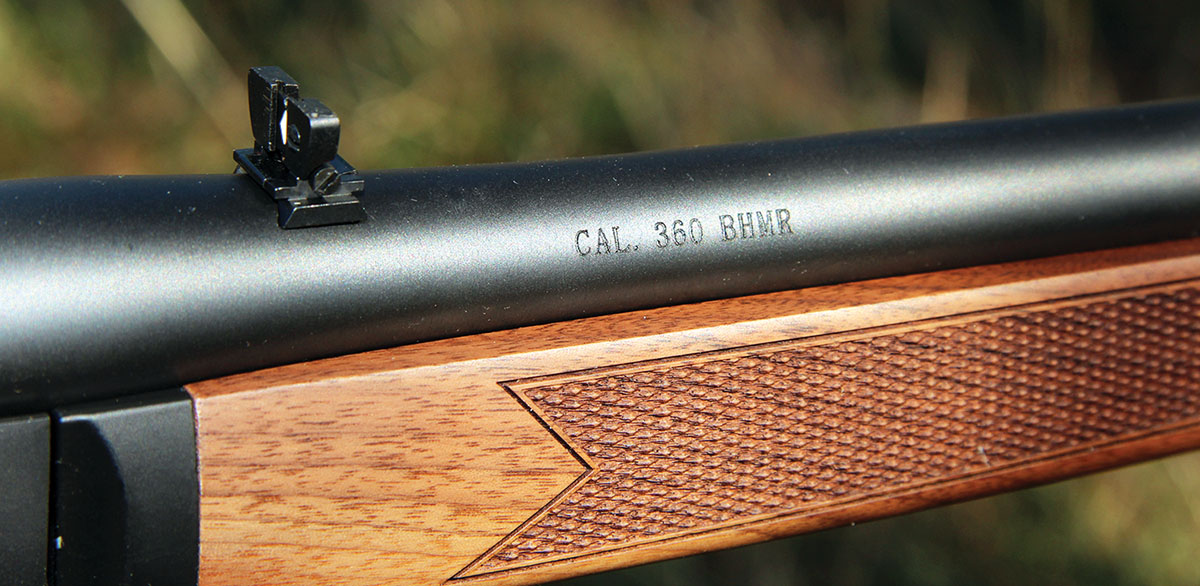
Michigan was the first to introduce such legislation in 2014 to encompass select southern hunt areas where human population densities are highest. These new regulations allowed straight-walled rounds of .35-caliber or larger and with an overall case length measuring no less than 1.16 inches (the 44 Magnum and 45 Long Colt are 1.285 inches long) and no more than 1.80 inches long (which eliminated the 2.225-inch 444 Marlin and 2.105-inch 45-70 Government). This made the 1.700-inch-long 450 Bushmaster and 1.625-inch 460 S&W Magnum go-to straight-walled cartridges for time – rounds, including higher factory-ammunition costs.
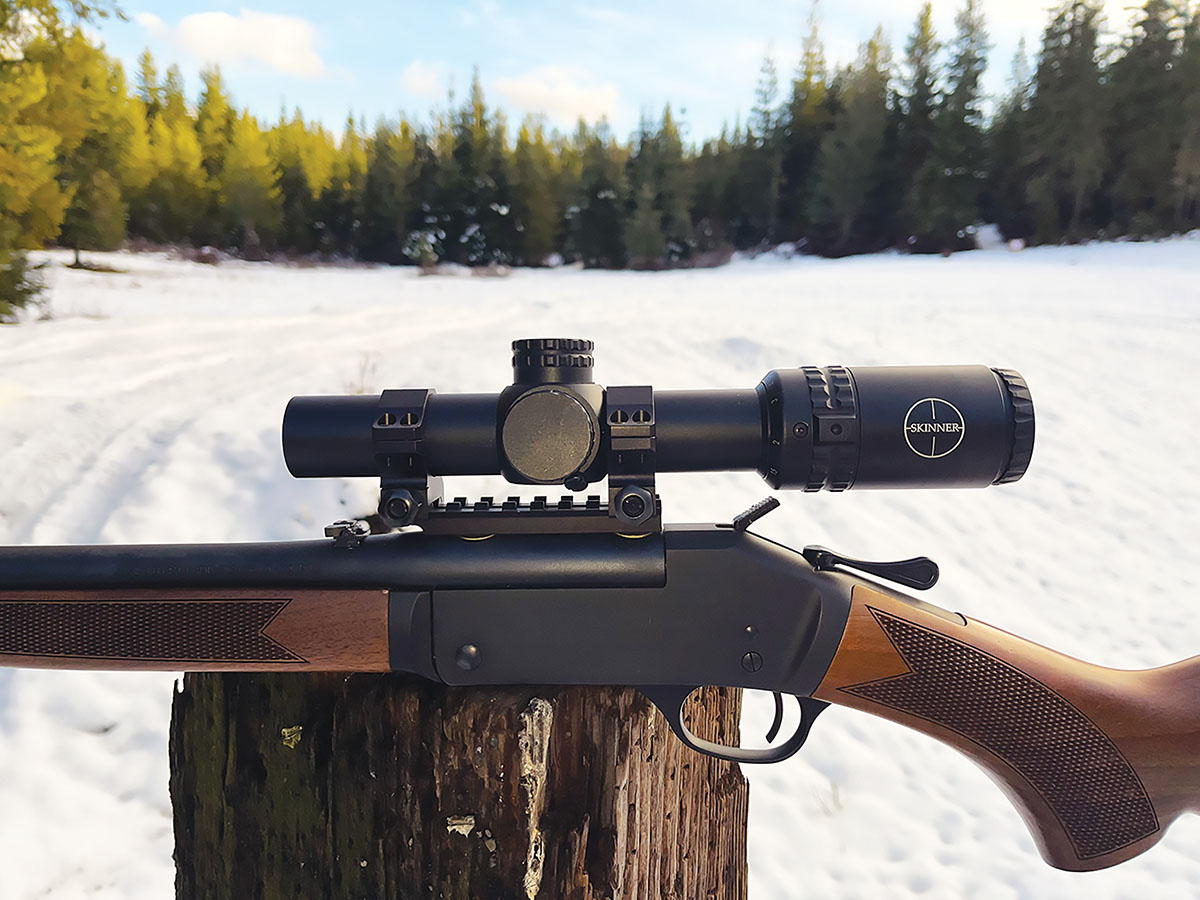
One thing you can count on with human nature is that good enough is never good enough. Any time specific parameters are introduced with the goal of increasing the hunting challenge in the name of meeting certain management or safety goals, rest assured the industry will push those boundaries. Hunters will latch onto any perceived edge, however small. Look to in-line muzzleloaders and ever more powerful/efficient compound bows holding high-tech accessories, for example. The 450 Bushmaster could be considered the first modern straight-walled cartridge, but Winchester’s 350 Legend was the first round built specifically to address newly formed straight-walled regulations. The more powerful 400 Legend quickly followed.
Not content to be left out of this growing trend, Remington Ammunition created the 360 Buckhammer with heavy input from Henry Repeating Arms. The Buckhammer began as a 30-30 Winchester case, shortened to 1.80 inches, blown out to create straight walls, and necked just slightly to accept .358-caliber bullets. This is the same diameter bullet used in the venerable 35 Remington. Sporting Arms & Ammunition Manufacturers’ Institute (SAAMI) approval arrived early in 2023.
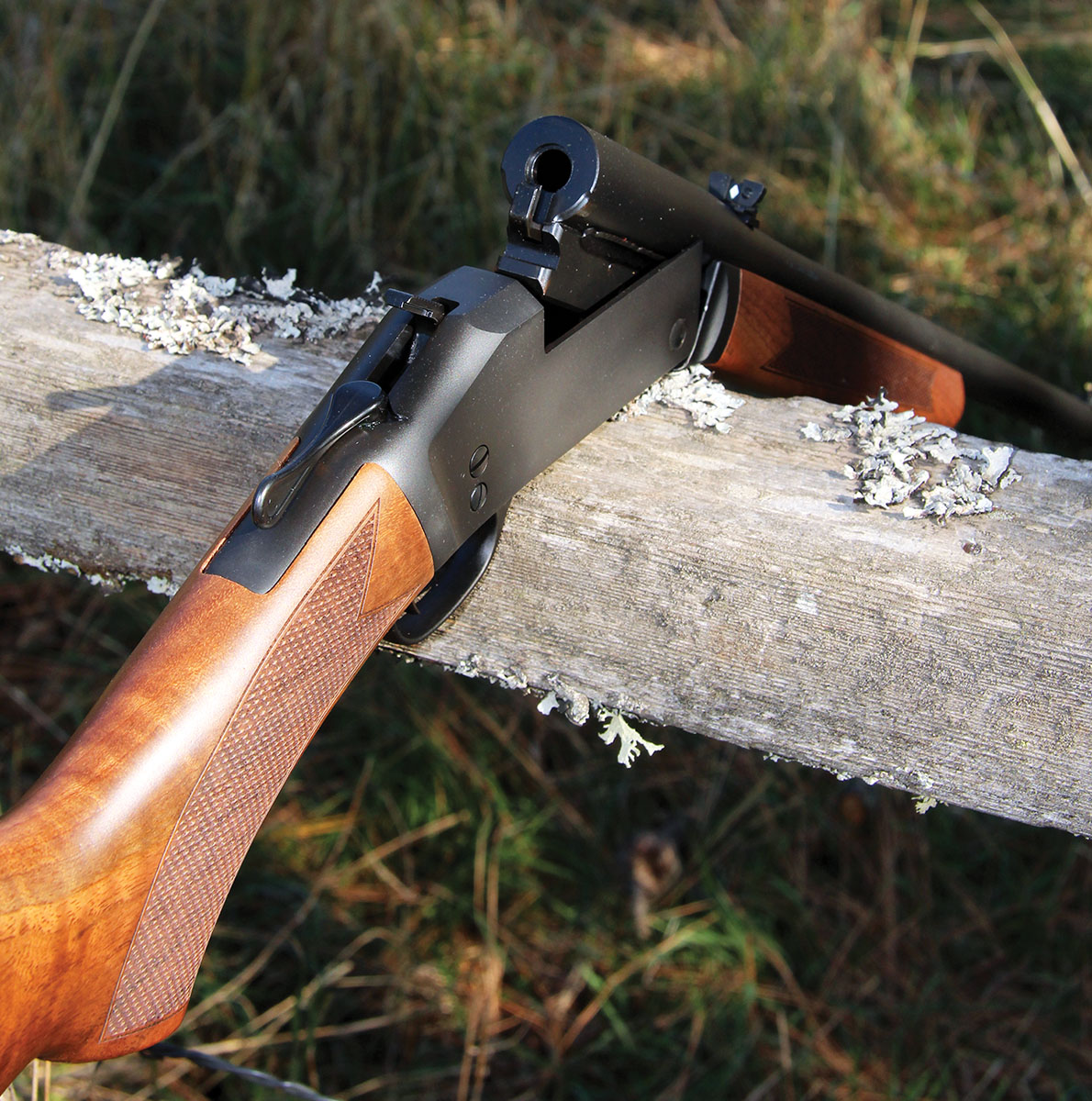
The newest straight-walled cartridges were designed to provide flatter trajectories than classic straight-walls, such as the 38-55 Winchester, 444 Marlin, 45-70 Government, and especially large-caliber handgun cartridges shot from rifles. Remington’s 360 Buckhammer emerged as the straight-walled cartridge to beat all, with 200-yard energy delivery that edges out the 30-30 Winchester (969 foot-pounds with 180-grain Buckhammer bullets versus 937 foot-pounds with a 170-grain 30-30 Winchester bullets). The Buckhammer also provides the flattest trajectory/best maximum point-blank range of any of the modern straight-walled rounds while recoiling less than the 400 Legend and 450 Bushmaster using same-weight rifles. It does this while generating only slightly more recoil than the 30-30 Winchester.
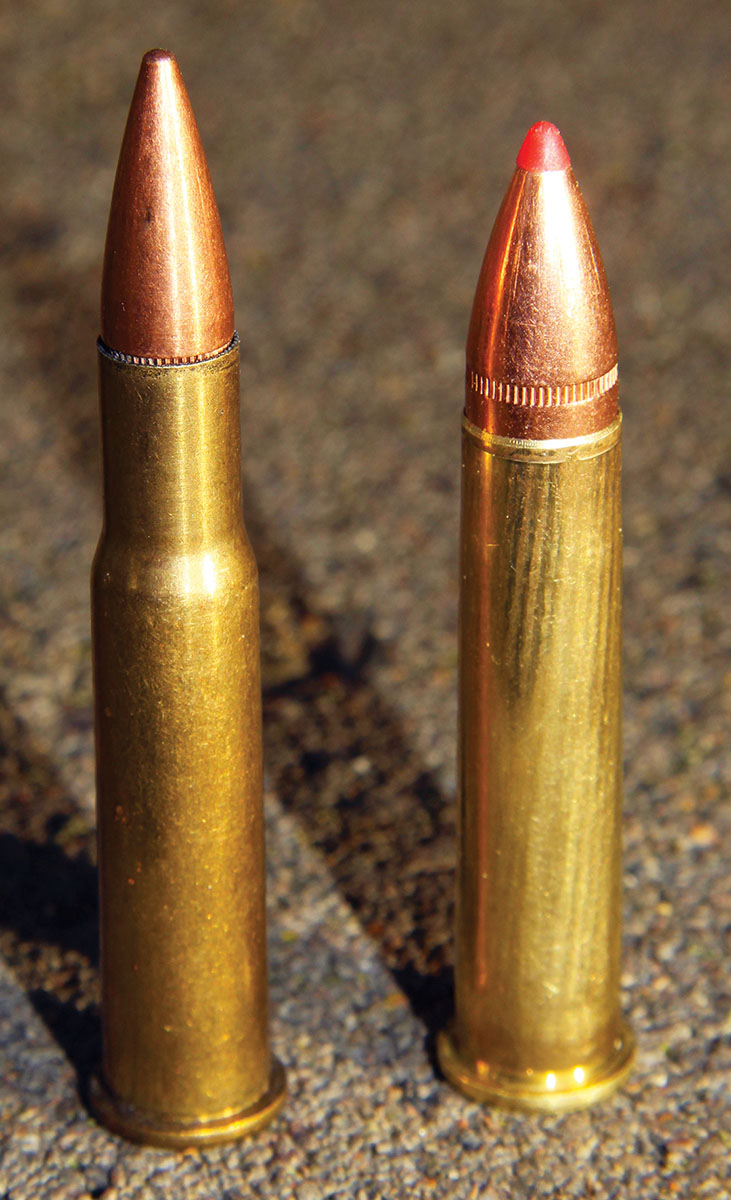
As of this writing, Remington and Federal are offering Buckhammer factory ammunition. Remington offers 180- and 200-grain Core-Lokt rounds sent at 2,399 fps and 2,217 fps, respectively. Federal offers Power-Shock loads in the same weights and with essentially the same muzzle velocities. Both companies load roundnose and softnose bullets in deference to the tubular magazines of the Henry Repeating Arms lever rifles this round was initially designed around. The 180-grain Remington load delivers 2,300 foot-pounds of muzzle energy and retains 969 foot-pounds of kinetic energy (KE) at 200 yards, and the 200-grain load provides 2,183 foot-pounds of muzzle energy and 914 foot-pounds of KE at 200 yards. Buckhammer 200-grain loads include an average 100 to 150 feet per second (fps) muzzle velocity edge over the shouldered 35 Remington in the same bullet weight. With 180-grain bullets used in both, the Buckhammer provides a 300 to 350 fps advantage over the 350 Legend. When using the 360 Buckhammer for deer or black bear addressed inside 200 yards, I’d call the 180-grain bullet optimal, while the heavier slugs should provide additional insurance at ranges of less than 100 yards and on larger game.
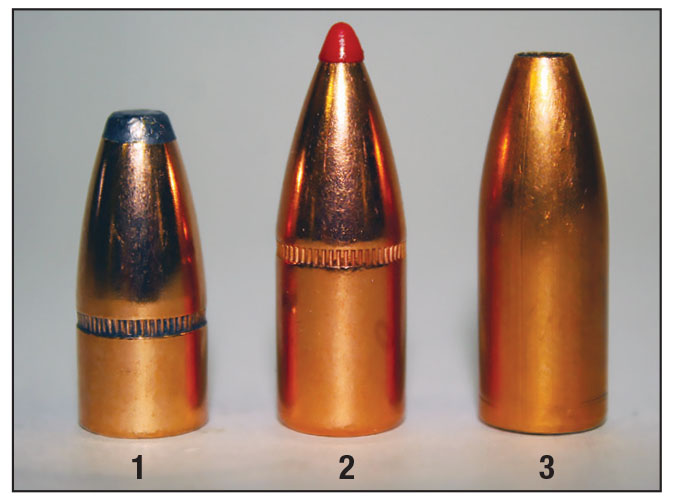
The firearms sphere being what it is – traditionally bound and often stubbornly resistant to change – there are naturally those who scoff at the idea of any new cartridge. These folks could rightfully argue that the 35 Remington has worked just fine and dandy since 1908. Yet, you cannot use your 35 Remington during Midwest straight-walled-only cartridge seasons, and there is that 100 to 150 fps advantage hinted at earlier to consider. Another welcomed surprise is the 360 Buckhammer’s surprisingly mild recoil.
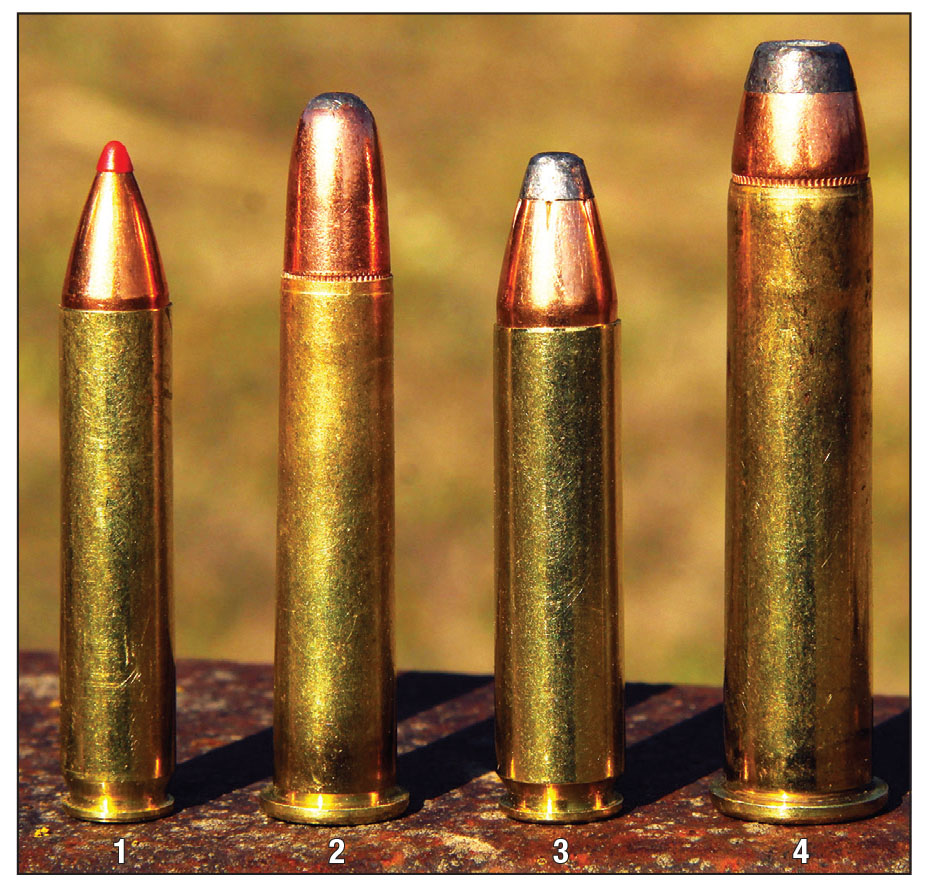
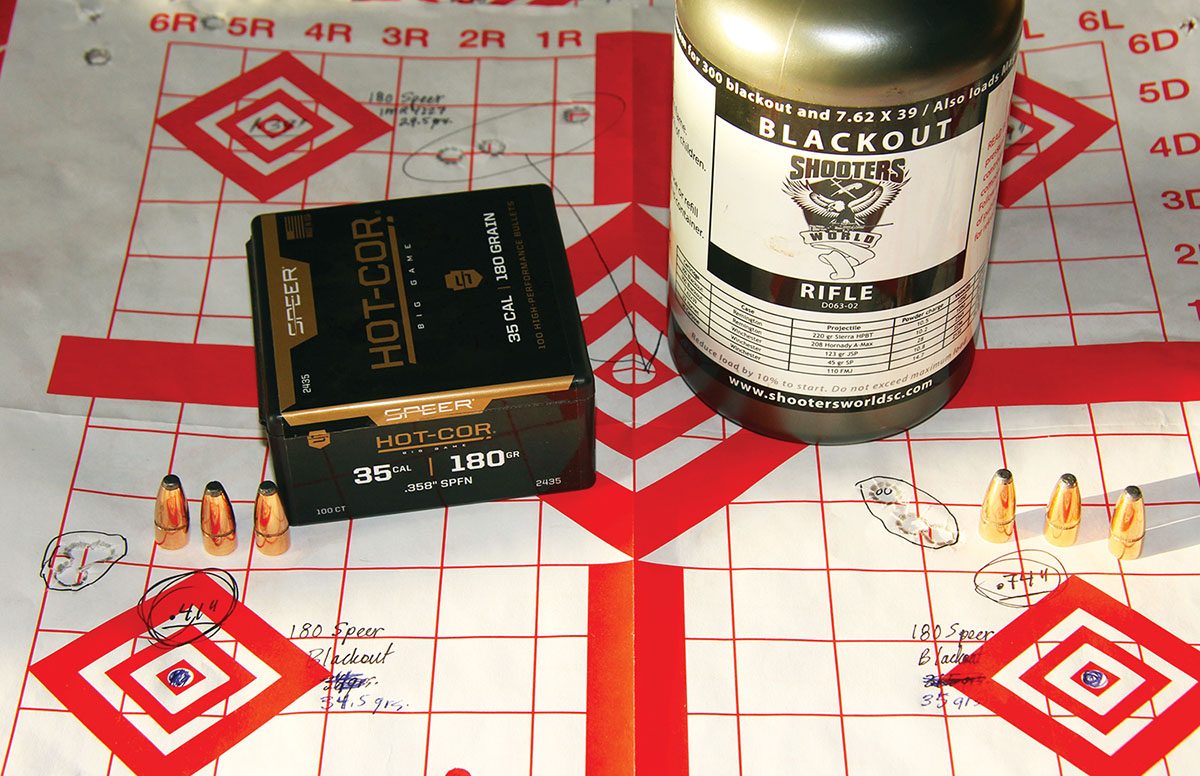
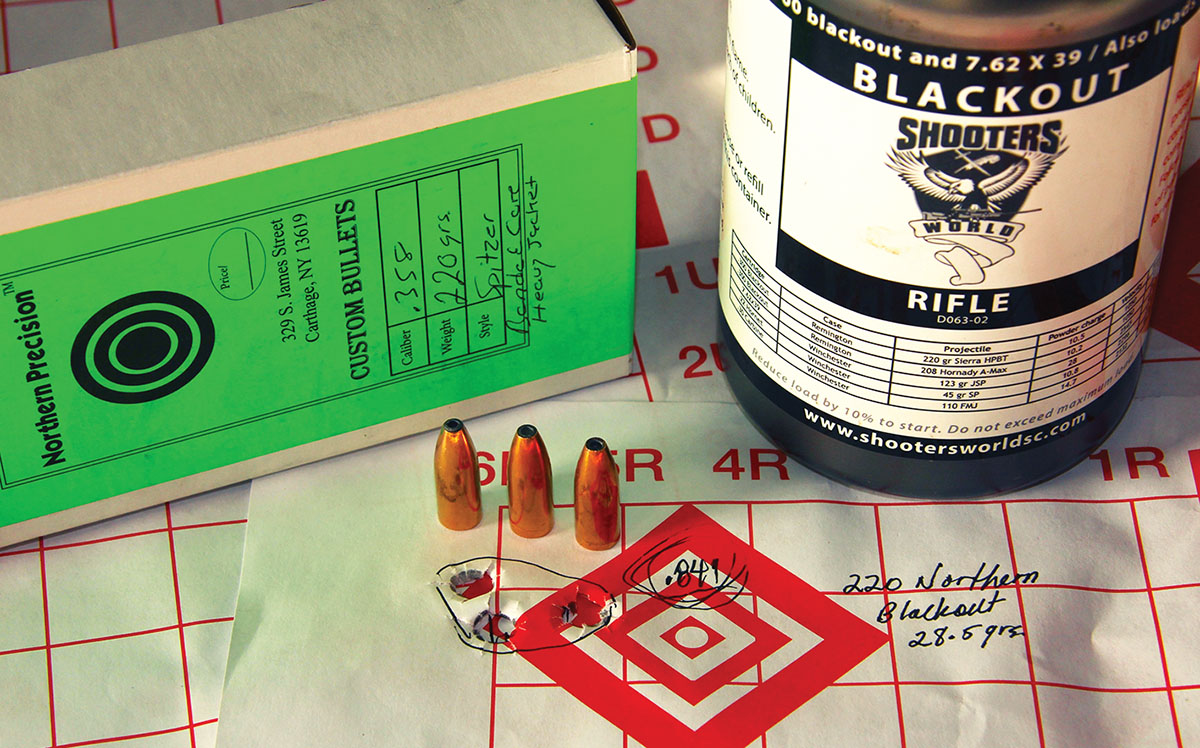
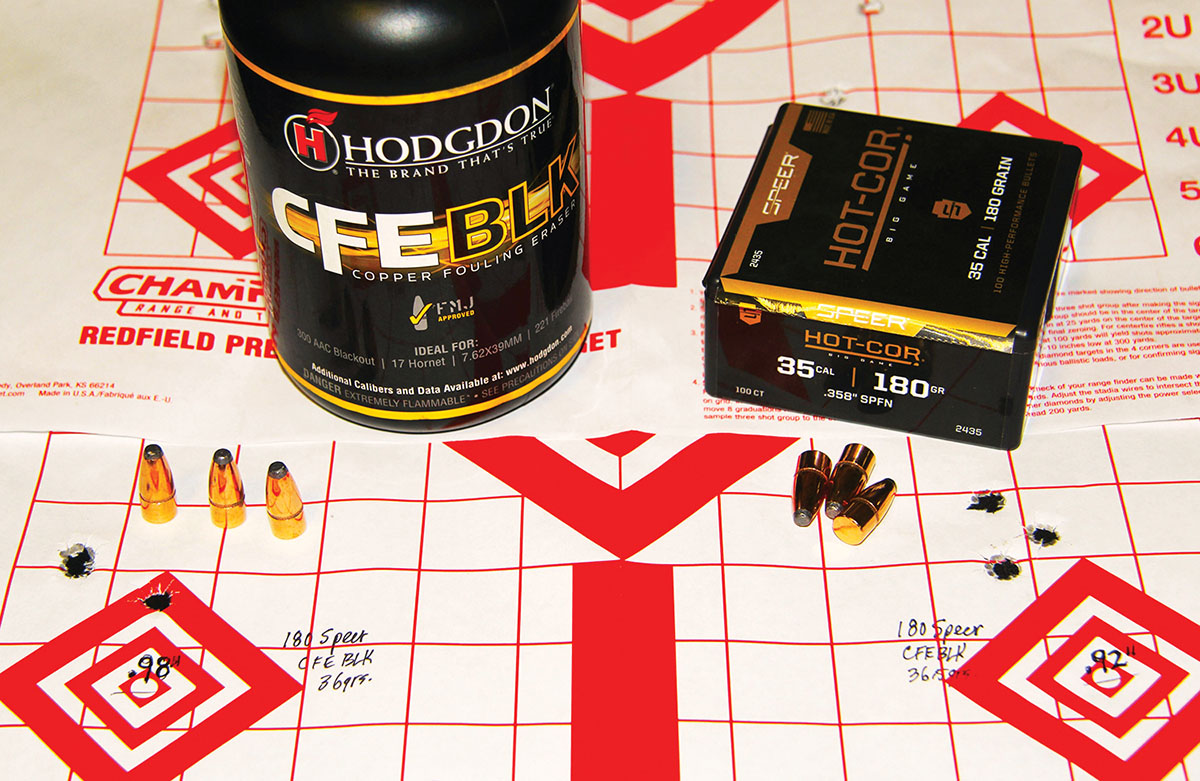
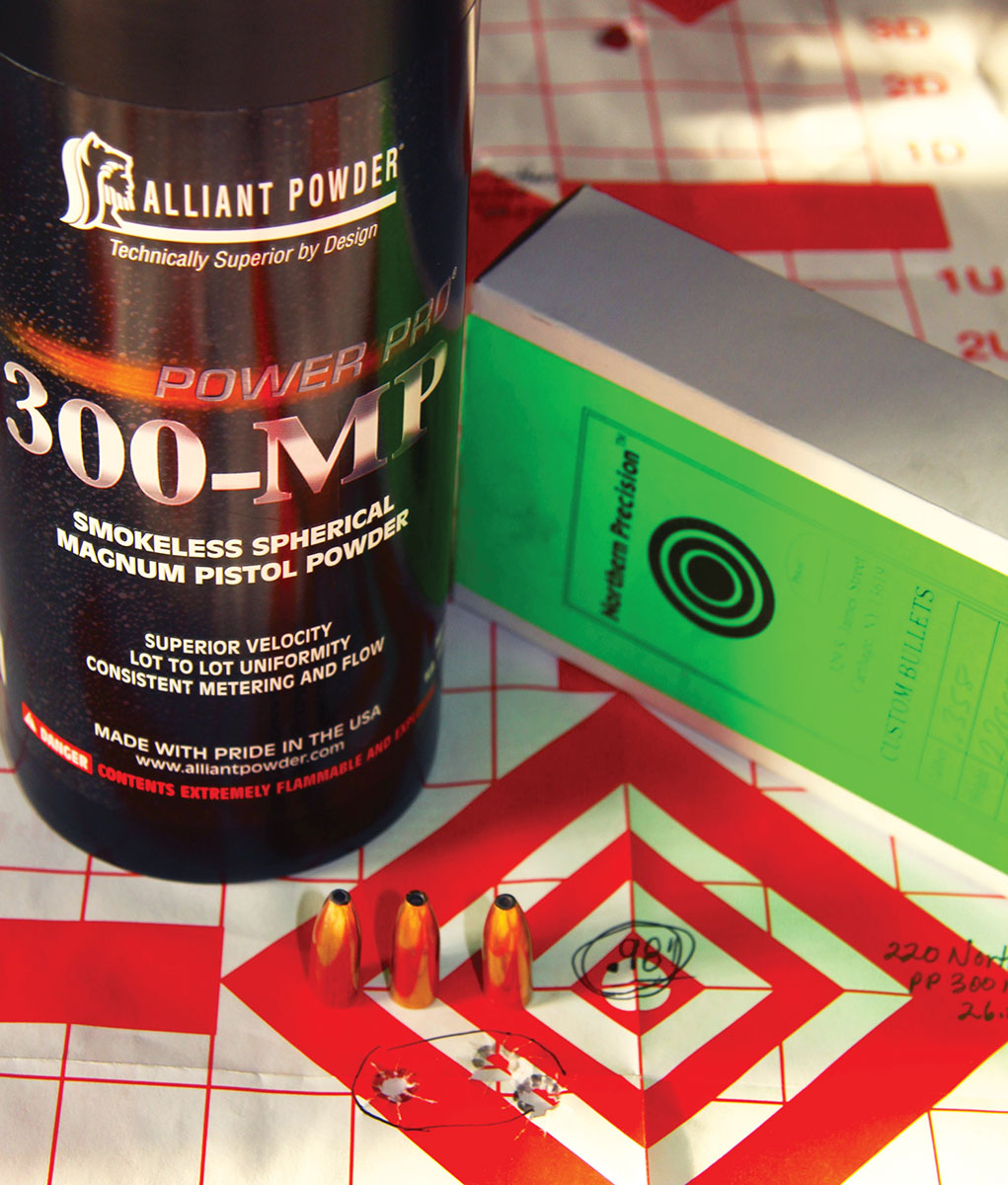
Handloads were assembled using that once-fired Federal brass, Redding Series B full-length dies, Federal Champion No. 210 large rifle primers and an Area 419 ZERO Reloading Press. Due to the single-shot action, I did not apply a crimp. The jacketed bullets seated smoothly with just generous chamfering, allowing me to skip the belling die (cast lead slugs would undoubtedly require this extra step). Buckhammer-ready powders included common fast-burners that serve other straight-walled rounds. Included in this test were Accurate 5744, A-1680, LT-30 and No. 11 FS, Hodgdon CFE BLK, H-110 and Lil’Gun, IMR-4227, Winchester 296, Alliant Power Pro 300-MP and Shooters World Blackout.
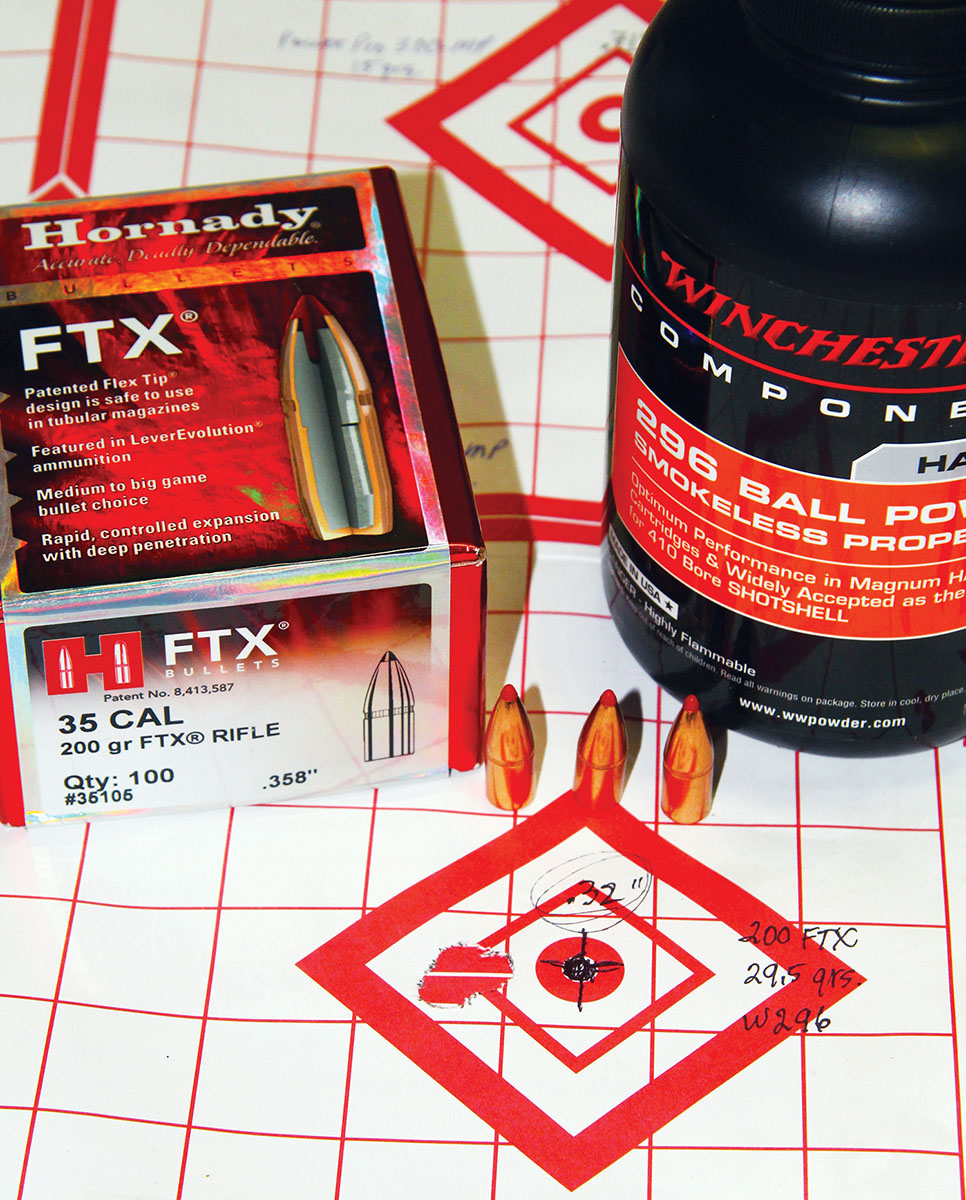
The 200-grain FTX from Hornady was designed to provide tubular magazine compatibility with superior aerodynamics via a red pliable pointed tip. This flat-base bullet includes a cannelure and a very steep ogive, providing an exceptional .300 G1 BC and .223 sectional density. It was paired with Hodgdon Lil’Gun, H-110 and CFE BLK, Accurate LT-30 and A-5744, and Winchester 296 (similar to H-110). Bullets were seated well short of the cannelure. Hodgdon CFE BLK provided the most consistent accuracy with groups measuring .51-, .56- and .65-inch and with velocities from 2,344 to 2,390 fps. Hodgdon Lil’Gun showed promise with a maximum load of 24 grains, while also hitting 2,312 fps. Accurate LT-30 was the slowest powder tested, peaking out at just 2,254 fps. Easily the best group of the entire test resulted from 29.5 grains of Winchester 296, measuring .32-inch at 2,424 fps. Nearly identical Hodgdon 110, mysteriously, did not shoot groups as tight as 296. Be cautioned that the Winchester 296 and H-110 loads are pretty hot, despite being a grain or more below Hodgdon’s data for these powders found on their website. These should be considered maximum loads in this rifle. I experimented with 14 grains of Accurate 5744, in an attempt at a subsonic load. It printed into less than an inch at 100 yards with an average velocity of 1,137 fps.
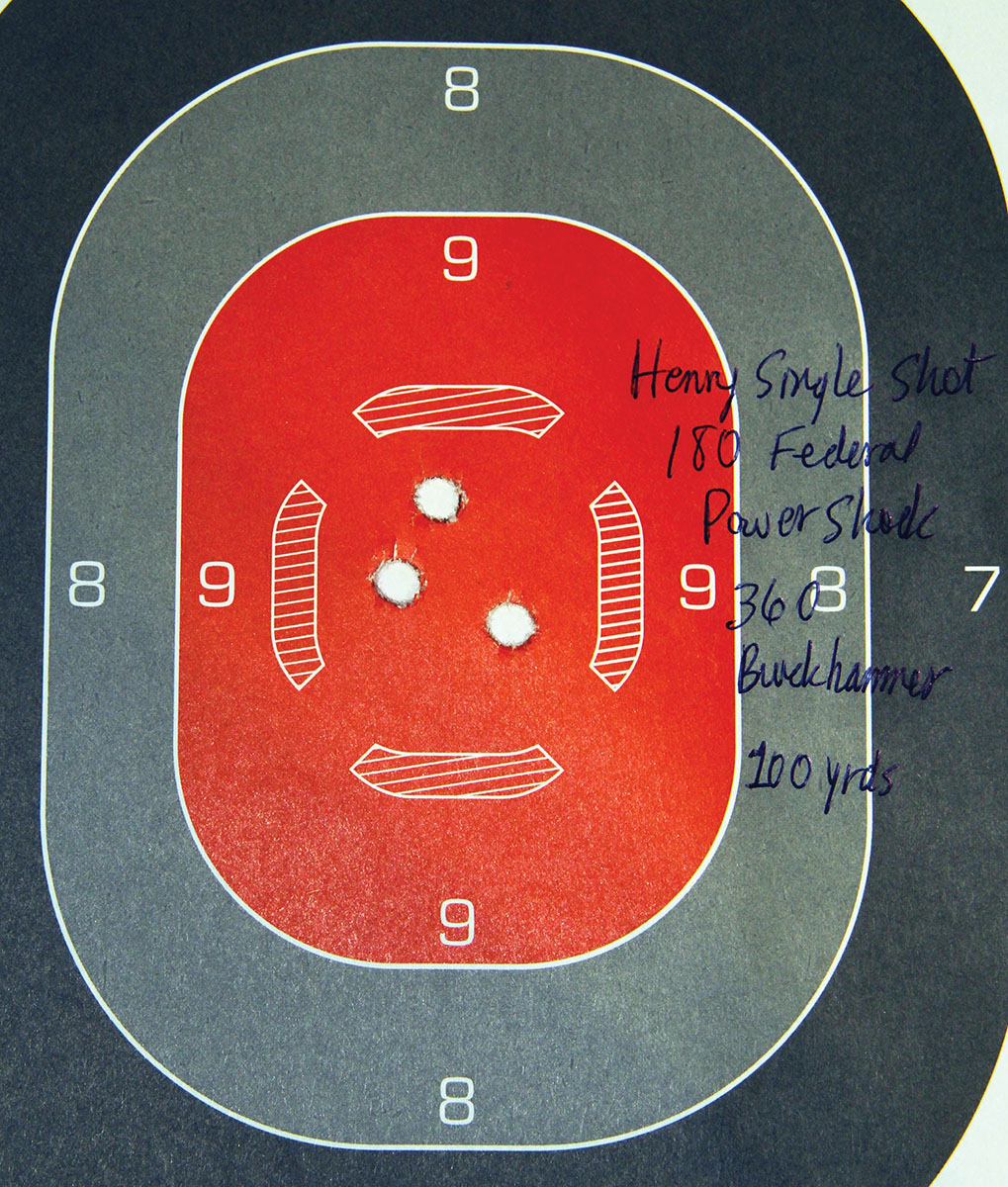
Henry’s stout break-action single shot allowed me to push loads to the kind of velocities that the same company’s lever rifle would not allow. Make no mistake, the maximum loads related here are just that, absolute maximum. I wouldn’t feed my rifle a regular diet of the hottest loads listed here (though they certainly fall in line with published data). Still, for hunters seeking the greatest energy delivery the 360 Buckmaster is capable of while pursuing tough big-game, this is the answer.
.jpg)


